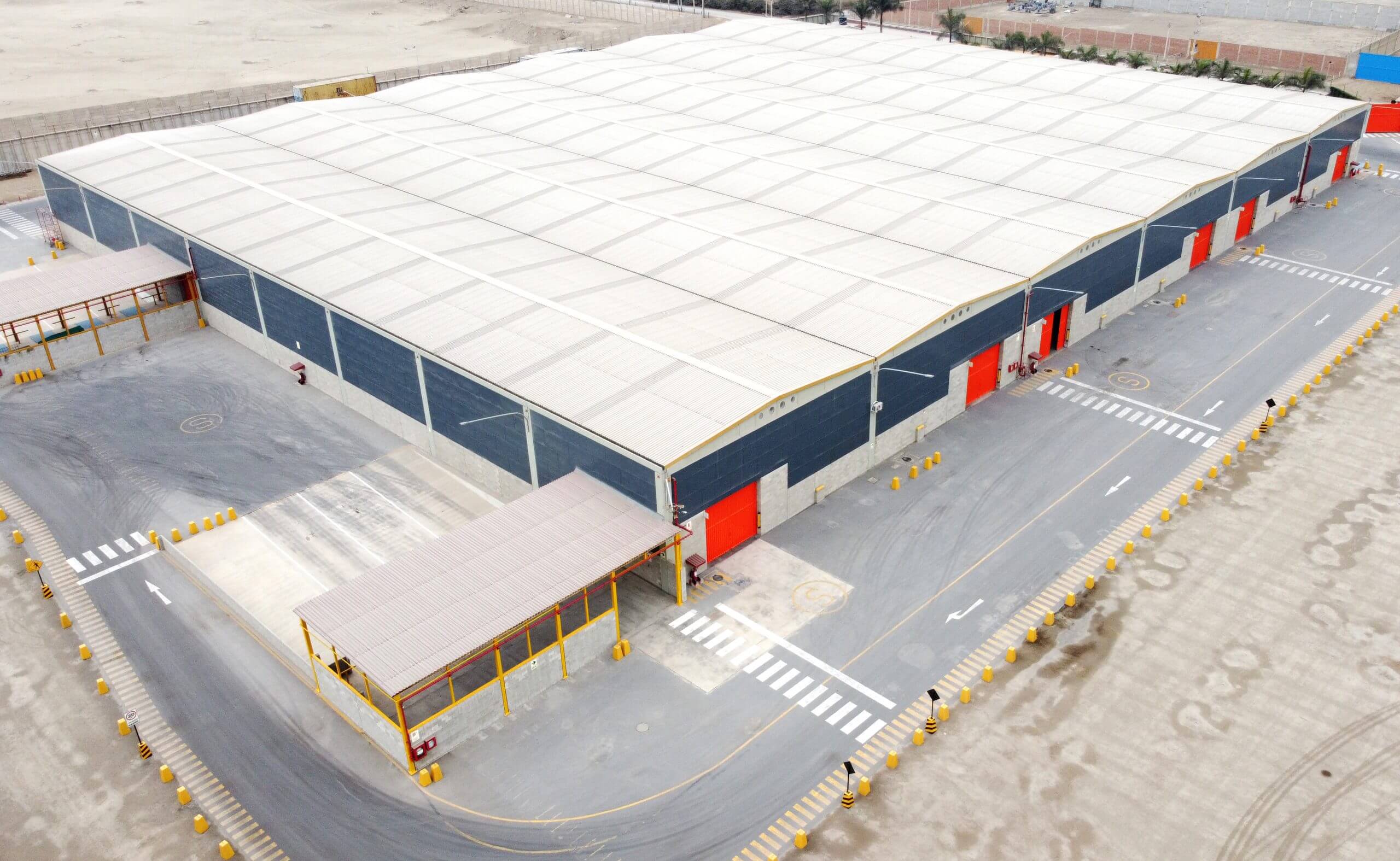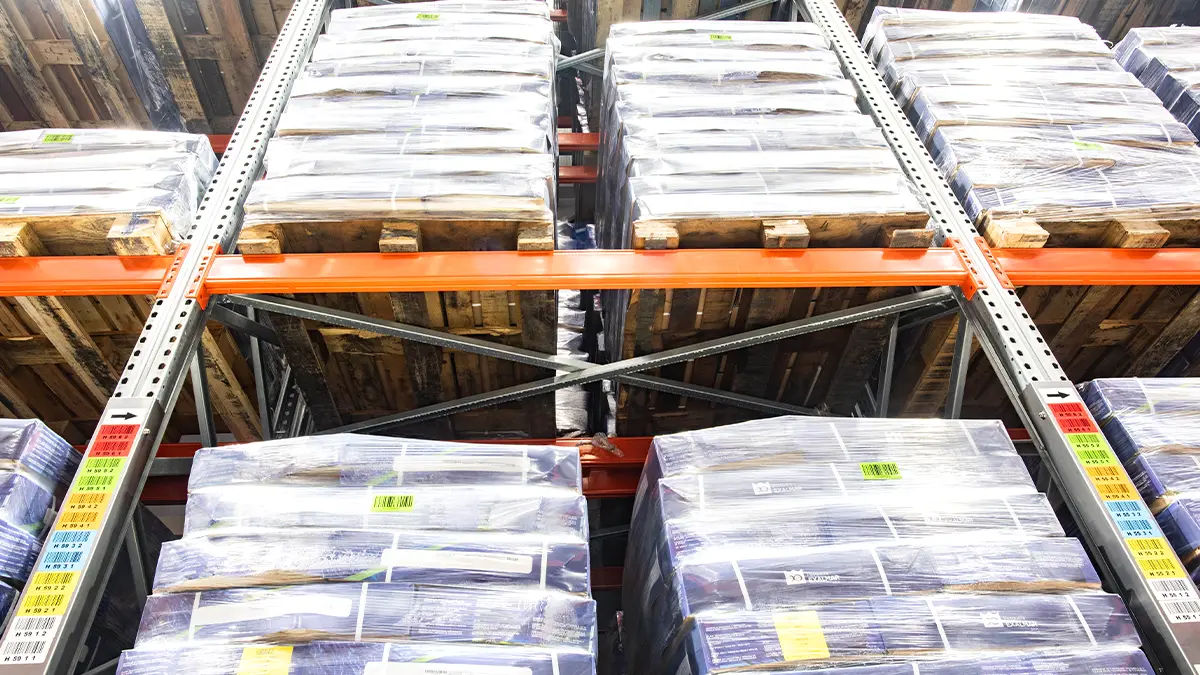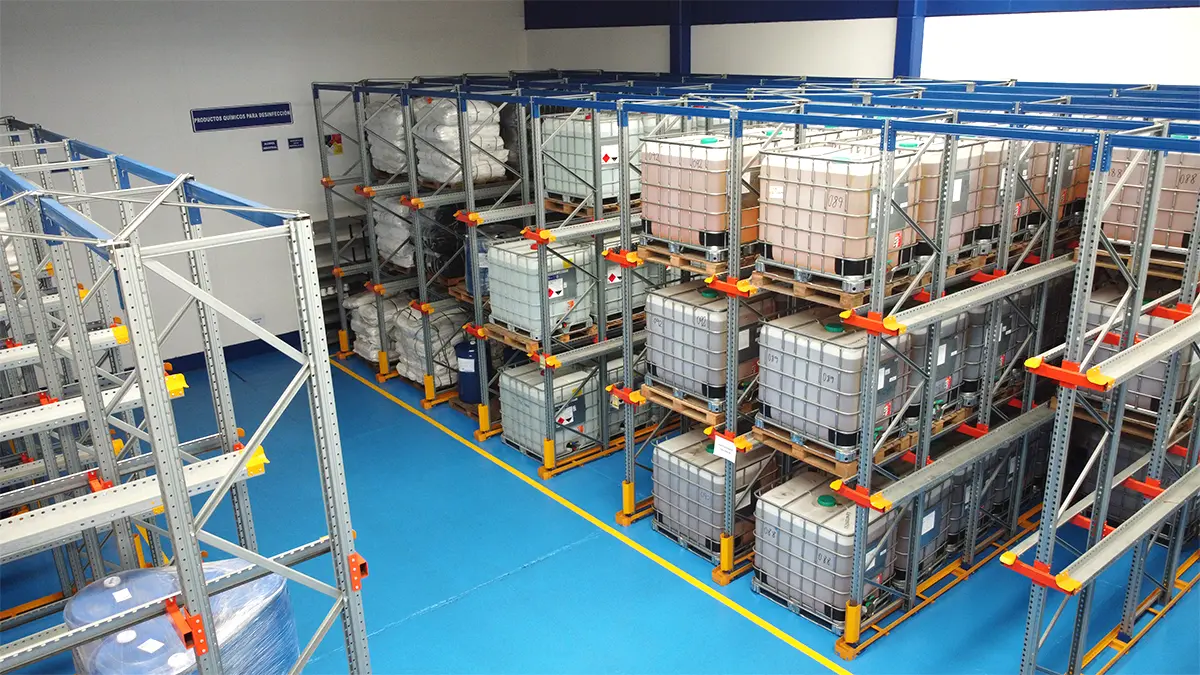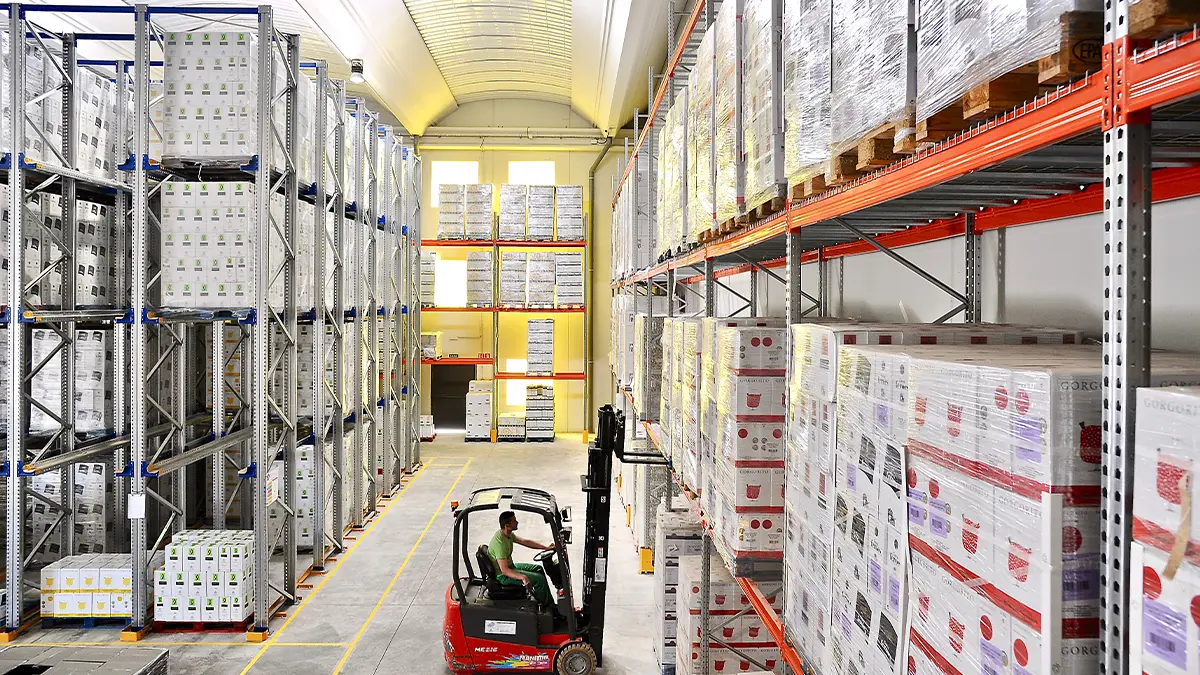With the rise of online retail, the importance of logistics has grown significantly, and logistics distribution centres have become a vital element in the process.
We will look at their importance, characteristics and objectives, and the main benefits that they bring to the supply chain.
What is a logistics distribution centre?
A distribution centre is any logistics building, space or construction designed to receive and ship different types of goods, performing the function of storing them between one or other process.
In short, the distribution centre acts as an intermediary in the supply chain; it receives and stores goods before they are shipped and distributed to wholesalers, retailers, factories or other warehouses.
Its purpose is to streamline and optimise the distribution process in the last mile, ideally storing the goods for the shortest possible time and distributing them to nearby points to avoid unnecessary travel.
Therefore, to reduce transport times and costs, logistics distribution centres are normally located on the outskirts of cities and major industrial areas and in logistics parks. They must be in very well-connected areas, close to main roads, and generally well connected to ports, airports and duty free and loading zones, too.
Advantages of distribution centres
The main advantages of distribution centres revolve around optimising times and costs for companies:
Reduced delivery times
Strategically located close to major cities and logistics and industrial areas, they help to greatly reduce times from when the order is received until when the goods are delivered.
Optimisation of costs
Centralising the product reception and shipment tasks in the last mile helps to optimise a company’s costs, reducing unnecessary storage and transport expenses. The product spends less time in storage, less time travelling unnecessary distances in transit and therefore saves costs.
Service flexibility
Distribution centres, as supply chain intermediaries, give the company flexibility and the responsiveness to meet the needs of companies with very short order and product marketing deadlines.
Service quality and reliability
Distribution centres are key components in supply chain efficiency. They help to avoid errors and ensure a reliable and quality delivery within the estimated timeframe.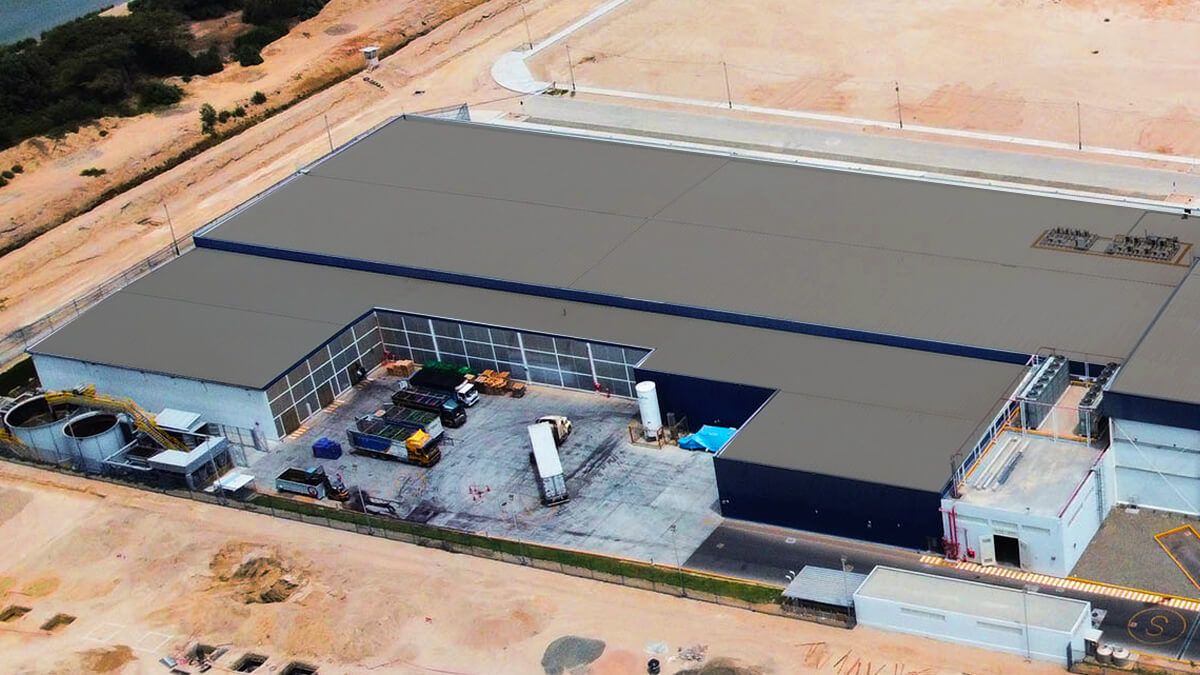
Objectives and functions of a distribution centre
Logistics distribution centres are responsible for the reception and shipment of a company’s goods in the shortest time possible, so these types of warehouses have a high product rotation.
Their objective is to maintain a minimum stock or inventory level; they normally operate with high demand products, giving priority to the service and immediacy.
To understand therefore how a distribution centre works, its functions can be separated into 3 main areas: reception of goods, storage, and order preparation and shipment.
Generally, large distribution centres are divided into different specific warehouse areas for each of the above functions.
Reception of goods in a distribution centre
This is the warehouse process where goods are received for storage. These goods may come from the company’s production centre, suppliers or previous phases of the supply chain, and they are normally received on loading bays grouped into pallets.
Transition to the storage phase follows next, where unit loads received are transferred by forklifts or automated systems to the storage systems or warehouse entrance area.
Storage of products
In distribution centres, the storage phase should ideally be very short, and the goods shipped as quickly as possible.
To choose the right storage system in a warehouse, it is important to determine each company’s specific needs but, in general, distribution centres, as they have a high rotation, require industrial racking systems with direct and immediate access to the unit loads or a FIFO type operation, which allow a more efficient flow of goods.
If maximum optimisation of the operations of the logistics centre is required, partially or totally automated storage systems are installed.
Below we will take a look at some of the most common storage systems in distribution centres.
Order preparation and shipment
In this final process, the goods required for a specific order are collected for preparation and shipment to their destination.
Hence the importance of the storage phase to simplify and streamline this final phase, facilitating the location and picking of each product, and making the warehouse flow dynamic.
Order preparation can be done manually by operators, or using automated systems. It will vary greatly depending on whether it is an order shipped in a carton or in a pallet.
Once the goods are prepared and grouped in their order, they are then ready for shipment, for which the unit loads are transferred to the loading bays, by automatic sorters or autonomous or manned forklifts.
In the growing trend towards warehouse automation, the installation of automated loading bays that accelerate the forklift loading process and shipment are increasingly common.
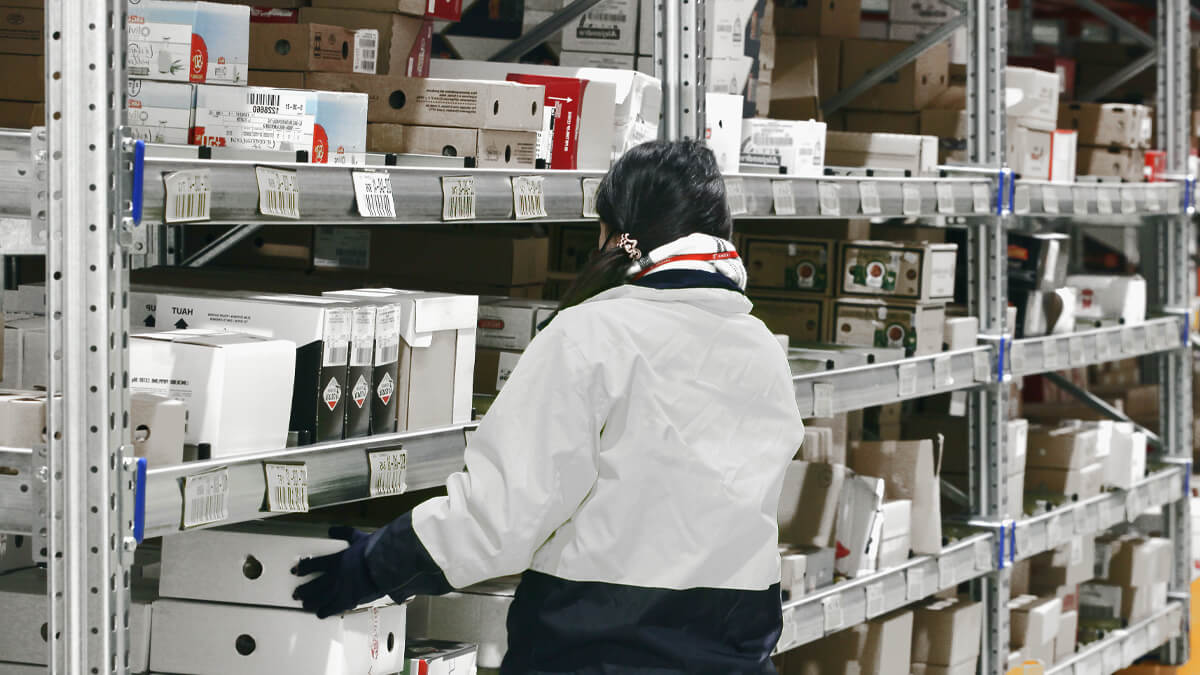
Suitable storage systems for a distribution centre
As highlighted, the priority in distribution centres is the speed of service of goods with high demand, so the storage systems installed must be designed with the same objective.
It is true that in large distribution centres combinations of different storage systems are installed to meet the needs of different products, and there may be areas in the same distribution centre with systems for storing perishable products and others for products with less rotation.
However, there are some systems which due to their characteristics are generally chosen for installation in distribution centres, with the most notable non-automated options being adjustable pallet racking and FIFO live pallet racking systems.
Adjustable Pallet Racking systems in a distribution centre
These are the most typical racking systems, with their characteristics making them ideal for distribution centres in which there are no problems with the available space, as if there are a compact system will be required.
Adjustable Pallet Racking systems are designed to store pallets mechanically using forklifts; access to the goods is via aisles parallel to the racking structure.
They are ideal for a distribution centre because access to all the unit loads is direct and immediate, so the location, loading and unloading of the goods is quick and simple.
It is also a highly versatile system adaptable to carton flow rack systems and longspan shelving for the preparation of orders at lower levels.

FIFO Live Pallet Racking systems
Where the needs of the logistics centre require a compact system, but maintaining efficient stock rotation, an ideal option is the FIFO live pallet racking system.
It is a storage system with a compact structure which, by means of roller conveyors and a slight incline, allows the sliding of pallet loads on the conveyors.
It ensures the perfect rotation of goods, with dynamic movement inside the structure.
In its FIFO operation, the first unit to enter the structure is the first one to leave. The pallets enter the structure at one of the ends, which is higher, and move via gravity along the roller conveyors at a speed controlled by the braking and safety systems of the live pallet racking system.
When the unit load reaches the opposite end, it is stopped by the retainer or the last pallet stored and is then ready to be removed.
For the safe loading, unloading and movement of the unit loads in the FIFO live pallet racking system, the structure is equipped with a series of both technical and organisational control and protection measures.
Automated storage systems
Automated systems can also be installed that do not require any manual work by operators, with the location, loading and unloading of goods done autonomously by pallet shuttles or stacker cranes.
There are partially automated warehouse systems, such as AR Shuttle for which forklifts are necessary, and more complex and costly fully automated systems that further optimise space and time, such as Automated Pallet Systems and Miniloads.
If you are considering the installation of a new storage system in your distribution centre, please contact us here and our team will advise you on the most suitable solution.










